Fukuoka 福岡 is one of Japan’s beautiful southern prefectures, with a different culture and lifestyle all of its own. It’s the birthplace of the famous Hakata ramen 博多ラーメン, and has a mix of traditional sightseeing spots and modern areas for shopping.
This Fukuoka one-day itinerary is based on a recent trip I did myself. I only had a day there, but I felt like I was able to see a lot. You can use this as a starting point for a longer trip, too.
Fukuoka Castle Ruins
The Fukuoka Castle Ruins and Ohori Park 大濠公園 are right next to each other. So, they’re a great place to start the day.
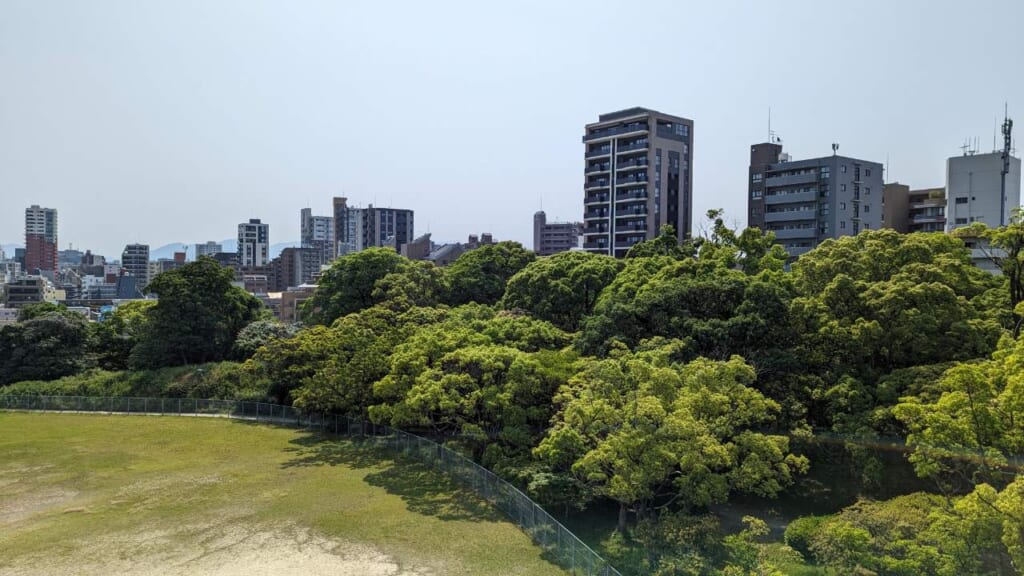
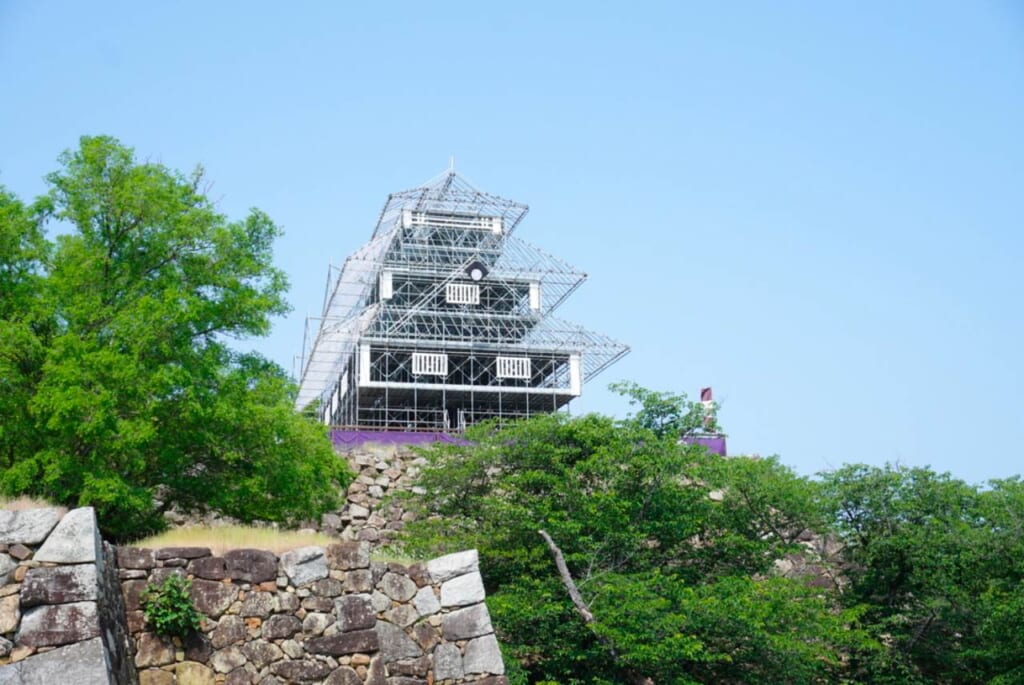
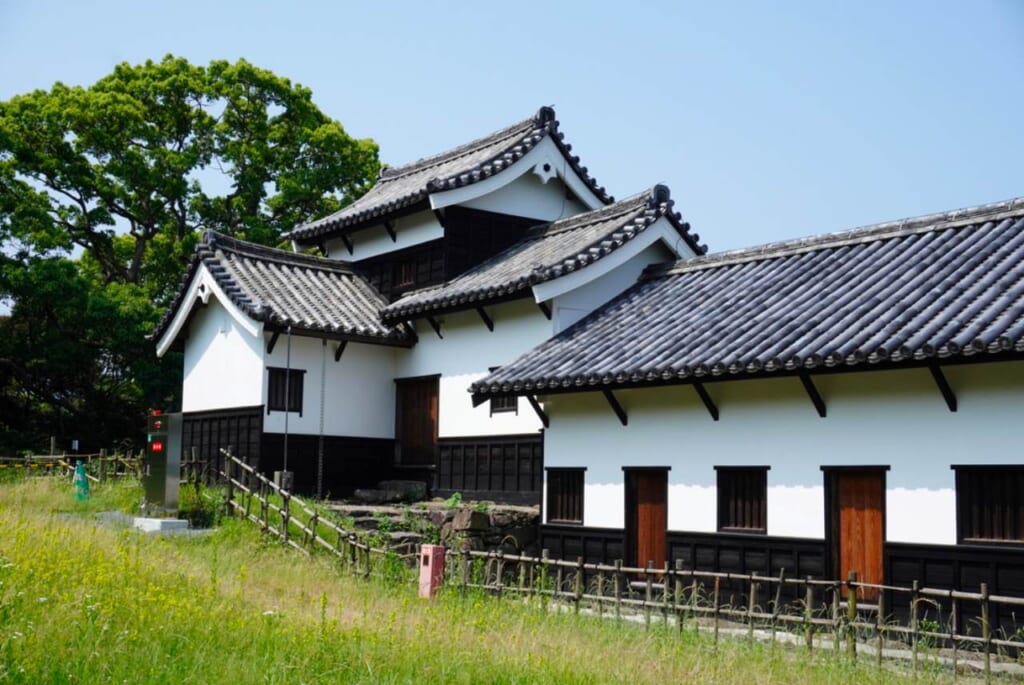
The construction of the castle began in 1601 and took seven years to complete. It was built by the daimyo Kanbei Kuroda and his son Nagamasa, and at the time, it was one of the largest castles in Japan. The castle was also known as Maizuru-Jo 舞鶴城, where maizuru means flying crane, and Jo means castle. This is because from the coast, the castle was said to look like a crane flapping its wings.
Now, only ruins remain, with a few turrets and towers here and there. But the central building still holds some of its former grandeur, and is sometimes illuminated at night.
Although there is not much of the castle left, I really enjoyed walking around the former stone steps and grounds. There are also a few nice spots to enjoy the scenery and get a good view of the city.
 Fukuoka Castle Ruins
Fukuoka Castle Ruins
POINT OF INTEREST- 1-1 Jonai, Chuo Ward, Fukuoka, 810-0043, Japan
- ★★★★☆
Ohori Park
Right next door to the Fukuoka Castle Ruins is Ohori Park. The area was formerly the moat side of the castle grounds. However, it opened to the public in 1929 as the park you can see today.
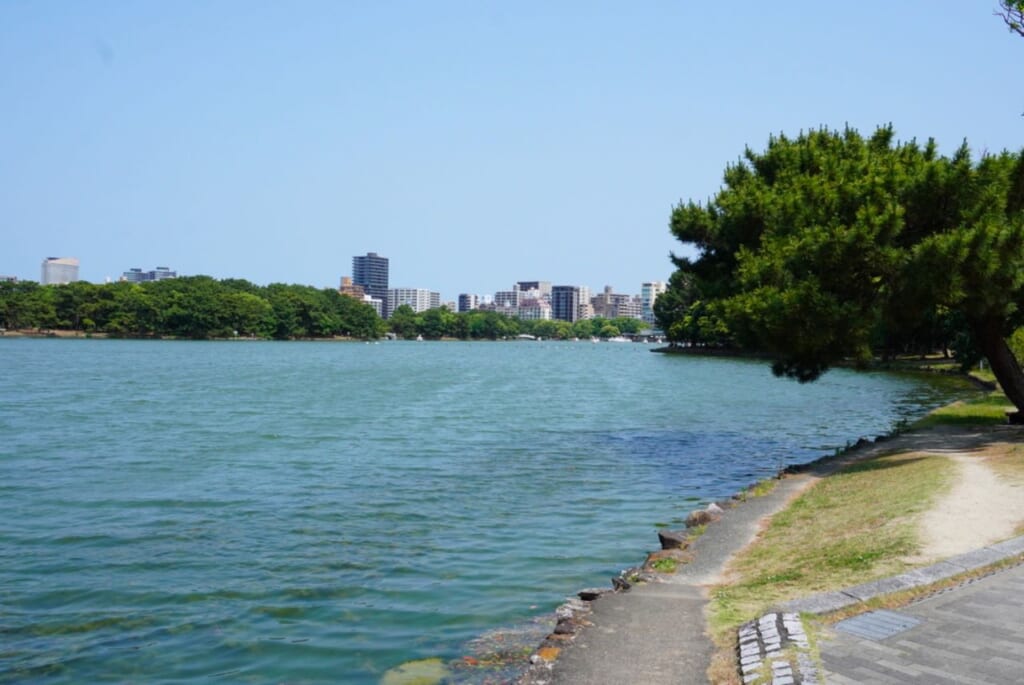
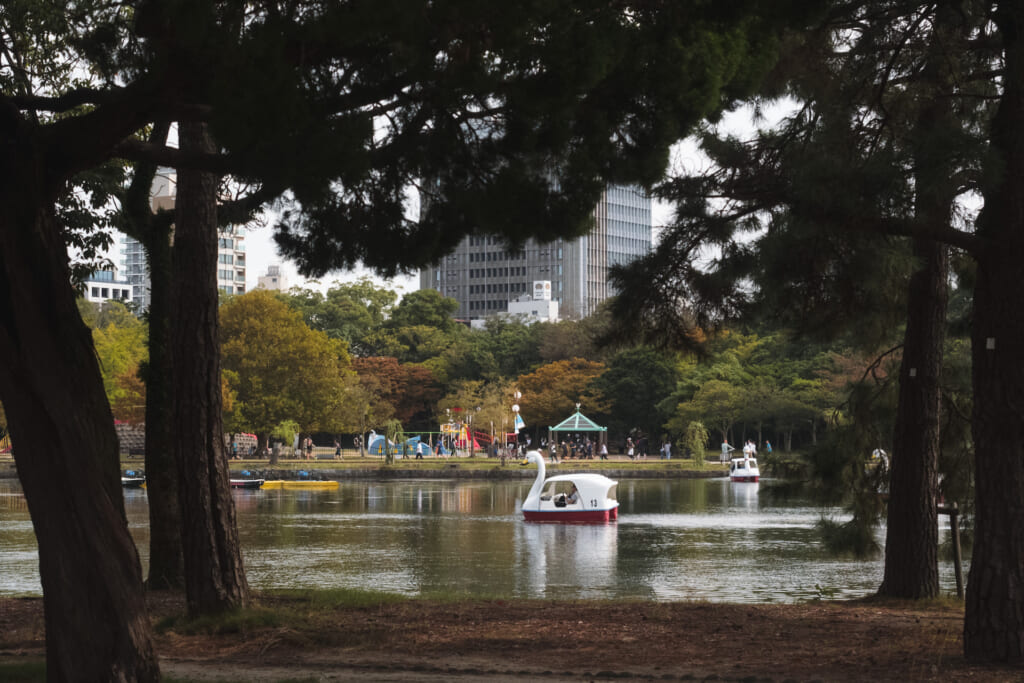

The pond takes up the majority of the space at Ohori Park, with a walking and cycling route around the outside. There are three mini islands in the middle, connected by bridges. You can visit to see the pine trees that still stand from when the park first opened. It’s another nice place to walk, but you can also hop on the paddle boats to go around the pond. It costs 800 yen for 30 minutes, or a bit more for the swan boats.
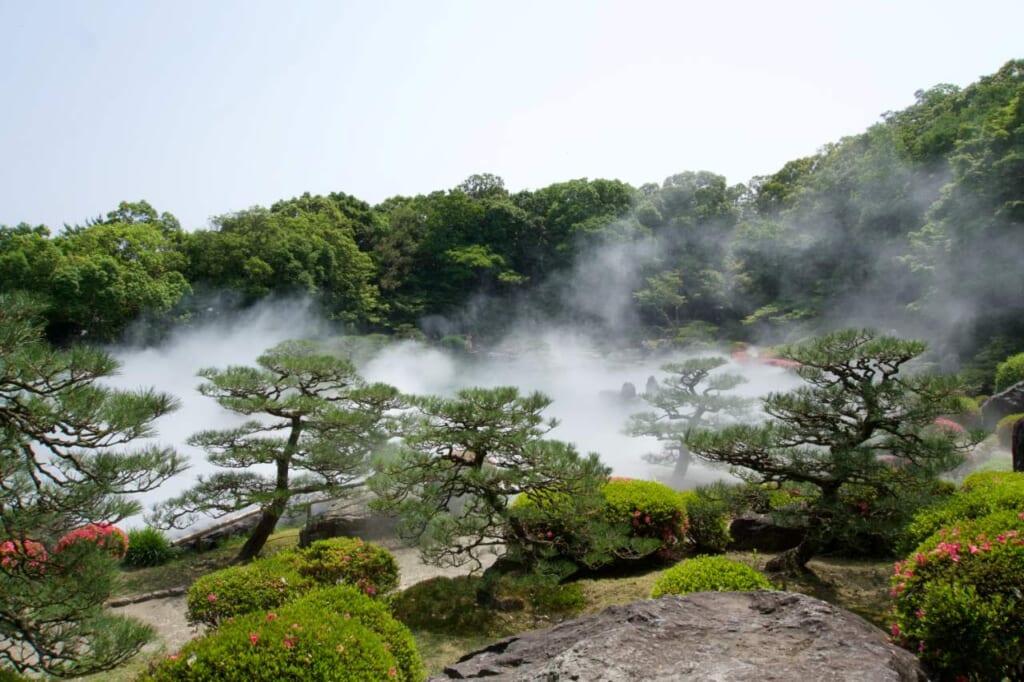
But my personal favorite part of Ohori Park was the Japanese Garden. It’s a small area of the park that costs 250 yen to enter, and has its own small pond and stone path. During my visit, they also did a “sea of clouds” event. There, they made an artificial fog over the pond to create a mysterious effect.
 Ohori Park
Ohori Park
PARK- Japan, 〒810-0051 Fukuoka, Chuo Ward, Ohorikoen, 公園管理事務所
- ★★★★☆
A Hakata Ramen Lunch at Ikkousha
Hakata ramen is Fukuoka’s iconic contribution to the ramen scene. It has a rich and creamy tonkotsu (pork bone) broth and is piled with toppings.
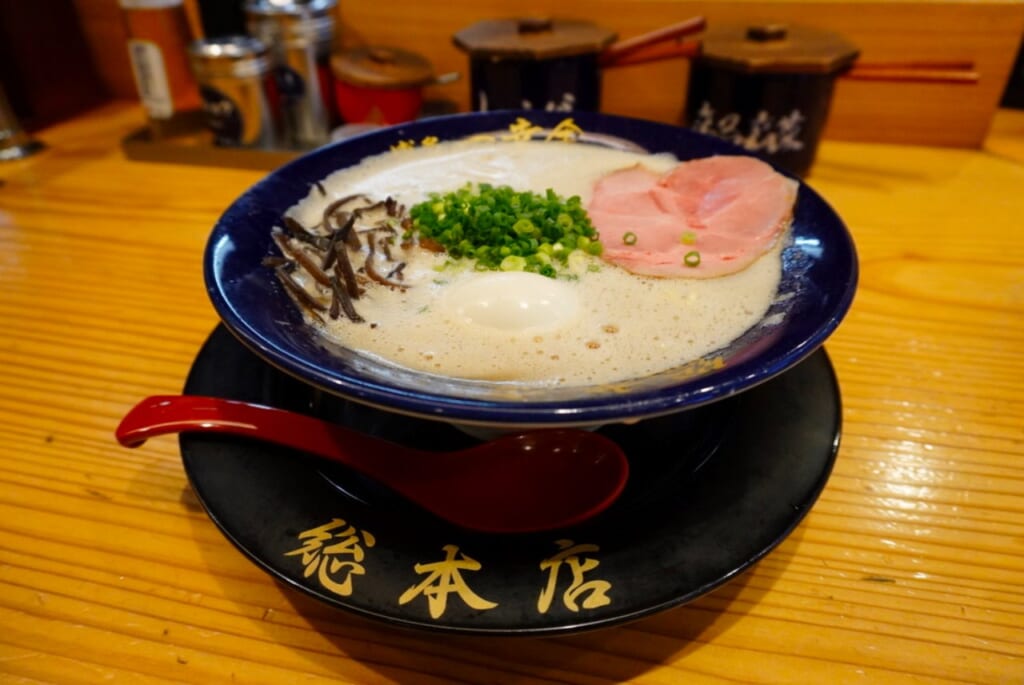
Ichiran Ramen is famous across the globe for its Hakata ramen. But that means it’s now available nationwide, and the flagship location is always crowded. So instead, head to Ikkousha, which is one of the top Hakata ramen spots in Fukuoka.
This ramen is known for having a frothy broth, which is created by mixing a long-stewed broth with a short-stewed broth. This makes the first few mouthfuls feel much lighter than a regular Hakata ramen. But it also avoids the problem of a separate oily layer. The soup is filling and salty without feeling intensely heavy.
 Hakata Ikkousha
Hakata Ikkousha
RESTAURANT- 3 Chome-23-12 Hakata Ekimae, Hakata Ward, Fukuoka, 812-0011, Japan
- ★★★★☆
Earn a Spectacular View at Acros Fukuoka
Now to work off some of that ramen! In Fukuoka’s central Tenjin area, you’ll find an interesting building covered in trees. This is the Acros Fukuoka building. At the top of the building is an observation deck to see the city down below. The only way up, however, is via a long set of steps.
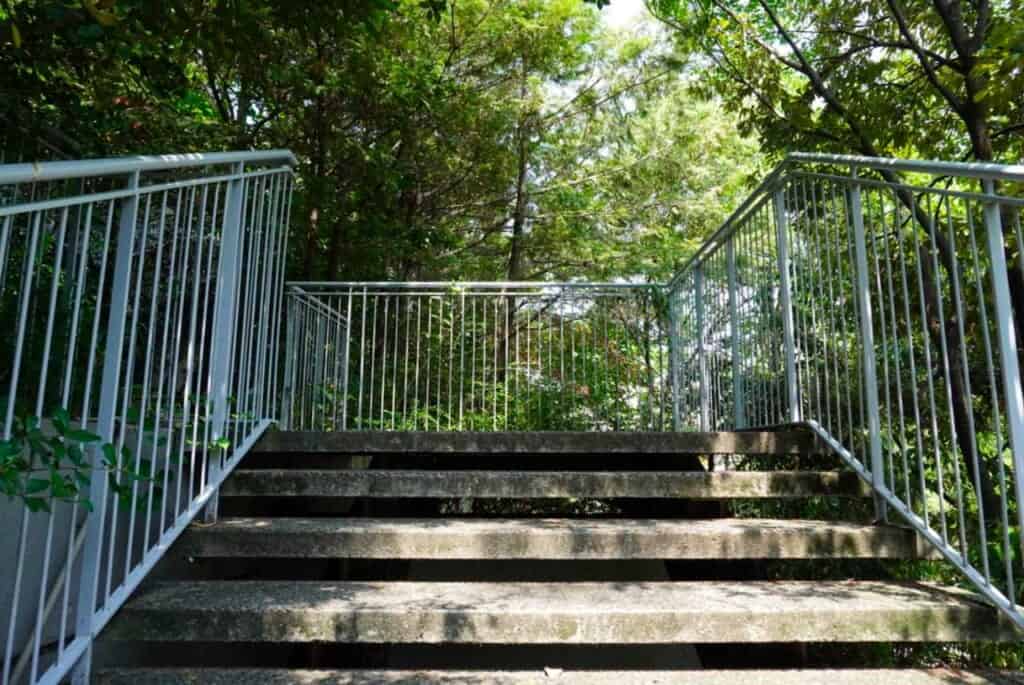
The steps are in a slightly hidden location to the right of the Acros Fukuoka main entrance. It’s open from 9am year-round, closing at 5pm from November to February, and 6pm the rest of the year. It’s free to climb to the top of the 14-story building, and there are a few benches and places to stop along the way.
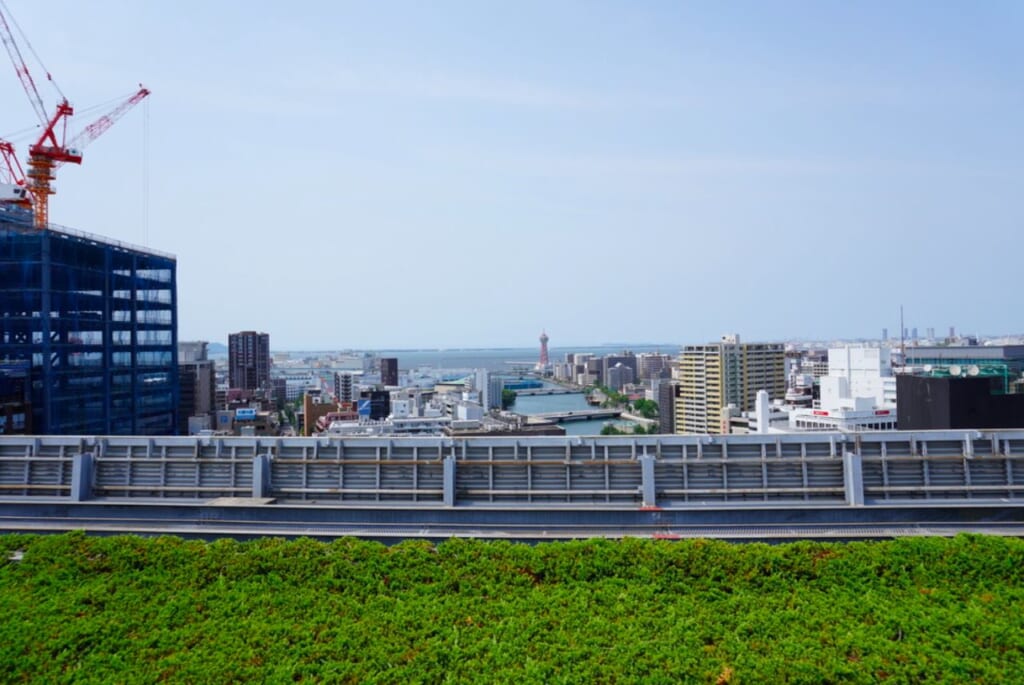
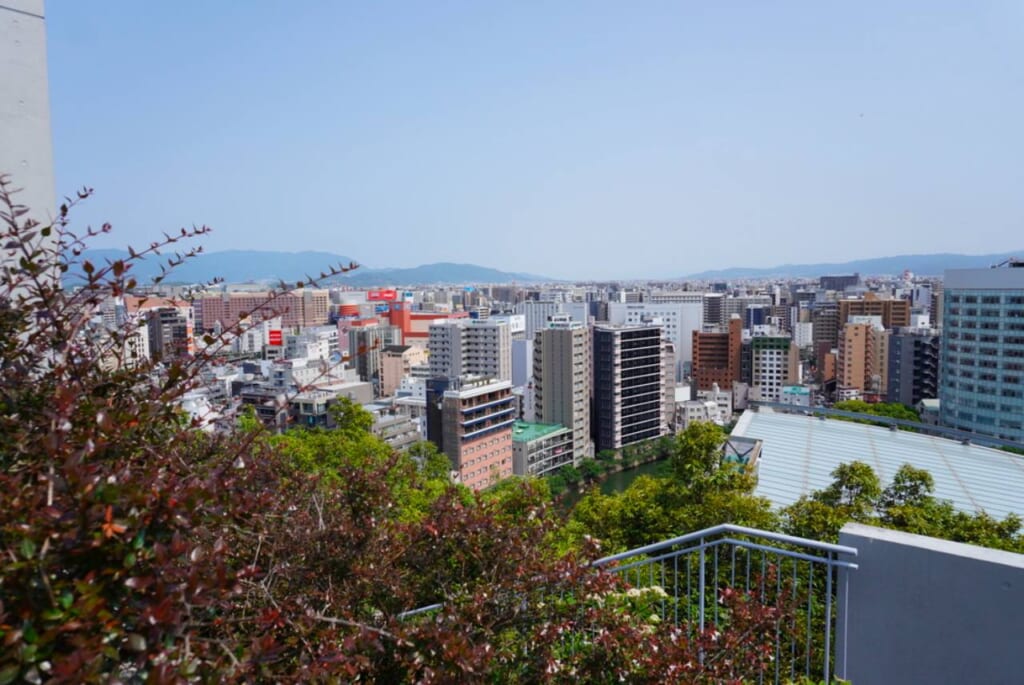

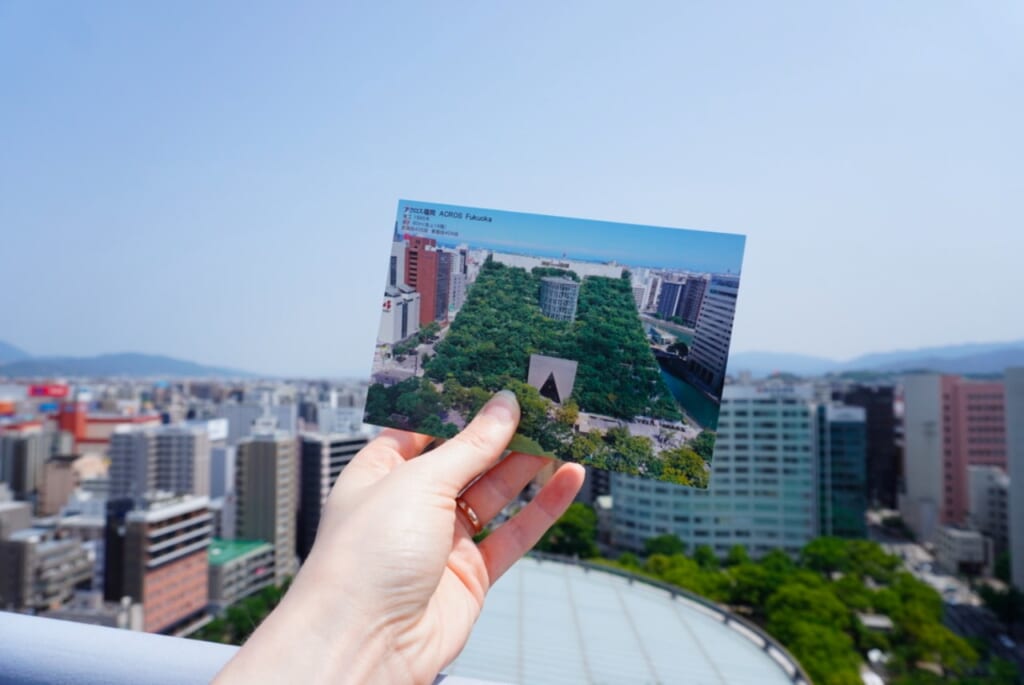
Climbing that distance makes the view at the top all the more satisfying. From one side you can see the city and the mountains in the distance, and from the other the shimmering blue sea. Just make sure you bring sun cream, because while the steps are nice and shaded from the trees, the observation deck is not!
Explore Fukuoka’s Food Stalls
If you still have some time before dinner, there are plenty of shops, streets, and shrines to explore in the Tenjin area first. But a fun way to round off the day is by exploring Fukuoka’s evening yatai 屋台.
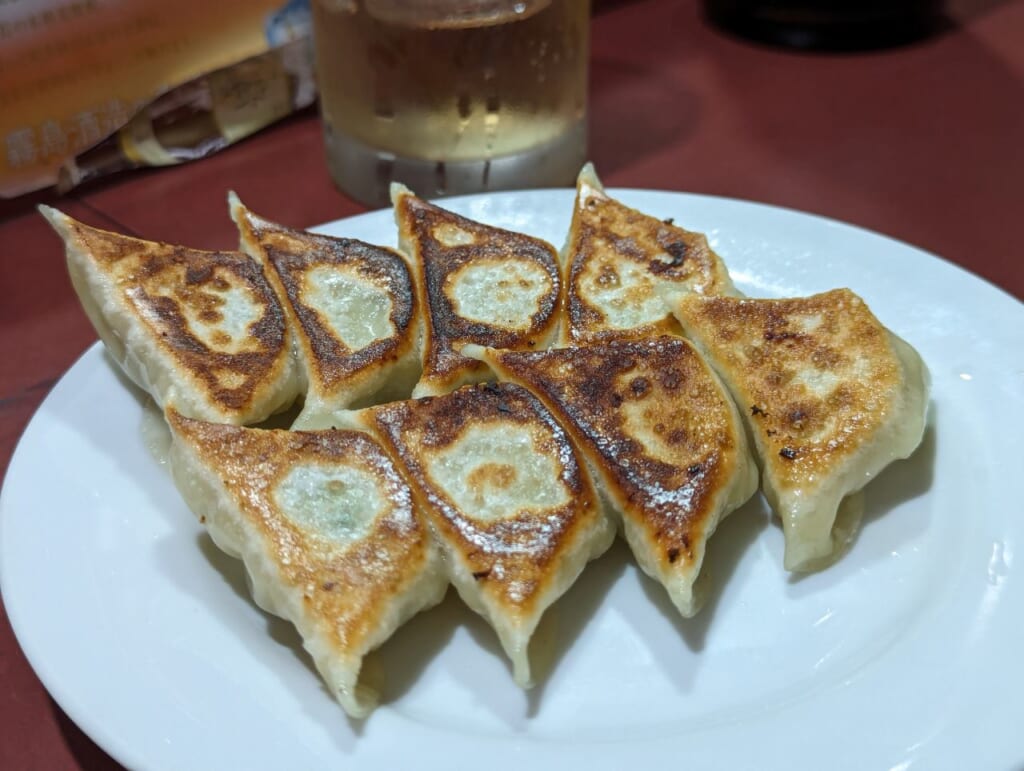
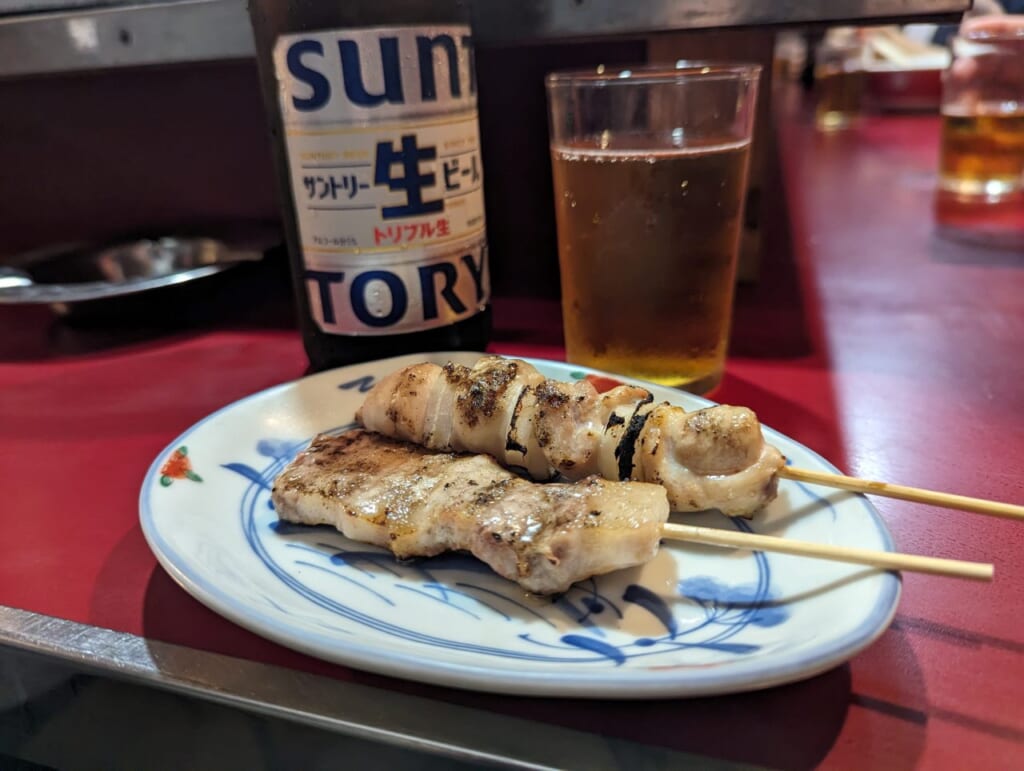
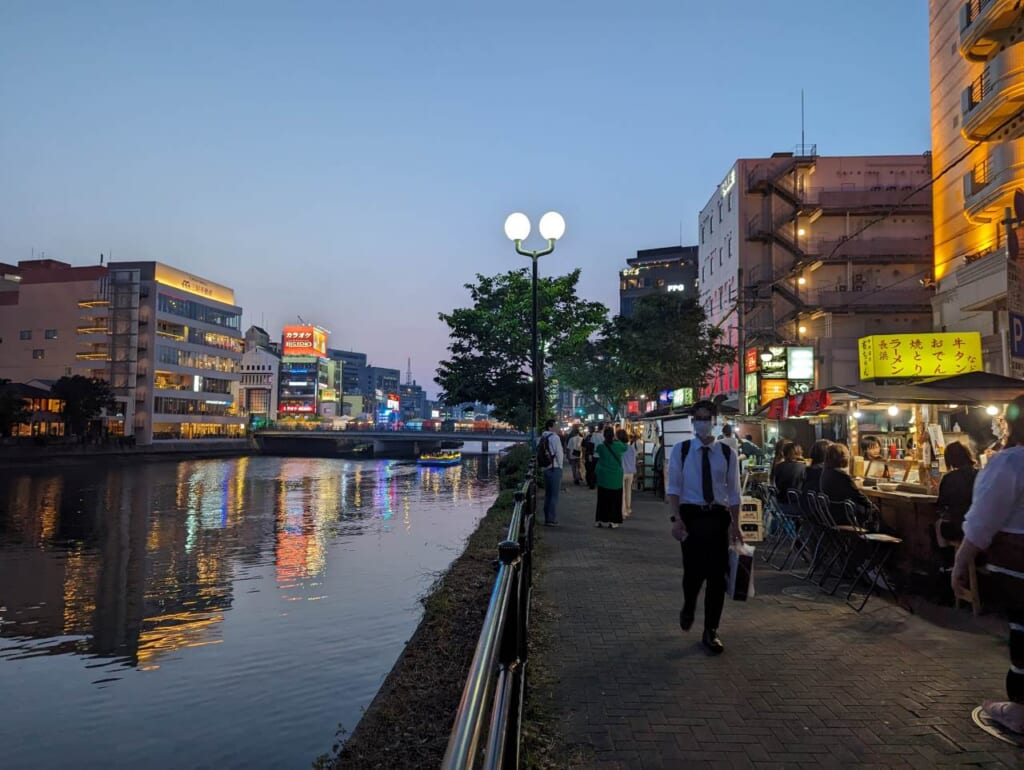
Yatai are small food stalls where you can sit and watch the cook make the food right before you, and sometimes chat to them and other guests. The stalls are often crowded with tourists, particularly around the Naka River area, but it is a good way to experience some Fukuoka specialties. Some food to look out for at these stalls are hitoguchi gyoza (bite-sized dumplings) and anything with spicy mentaiko (pollock roe) in it, like a rolled omelet. You can find your way to the different stalls using this handy map from Fukuoka City.
 Food Stalls (Yatai)
Food Stalls (Yatai)
RESTAURANT- Japan, 〒810-0801 Fukuoka, Hakata Ward, Nakasu, 8, 那珂川 通り
- ★★★☆☆
Useful Information for Your Day in Fukuoka
If you’re staying in Fukuoka longer than this one-day itinerary, some areas to explore are Saitozaki or Nokonoshima Island, or Fukutsu. Saitozaki and Nokonoshima Island are accessible via ferry, whereas the Fukutsu coast is accessible by train and bus. You can also go further afield to places like the Daizafu Temmangu or Yanagawa City.
The easiest way to get around Fukuoka is by subway and train. Most of the centrally located accommodation options are close to a station, but it is worth checking to make sure it will be easy to get around. During my trip I stayed at Unplan, which is close to Ohori Park and the Ohori Park subway station. That made it very easy to get to from the airport on the Airport Line.



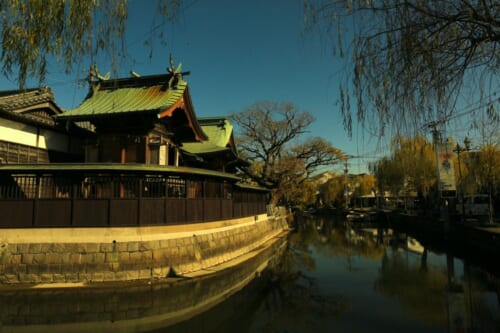
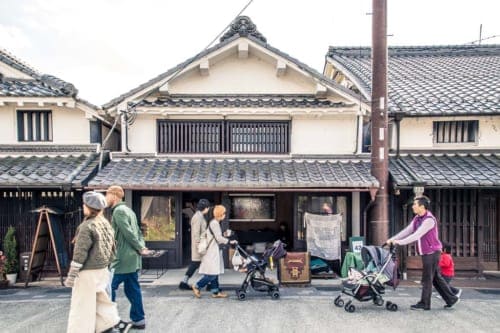
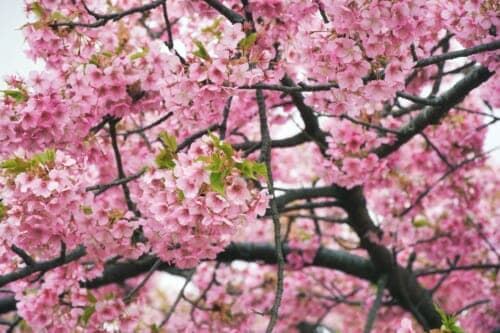
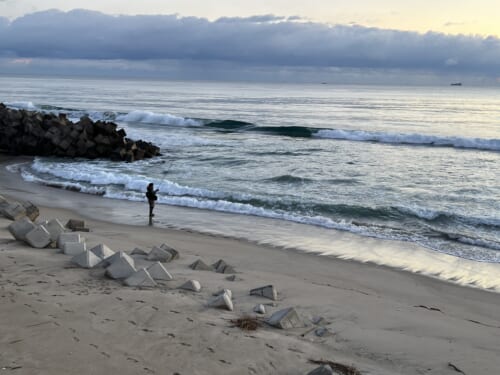
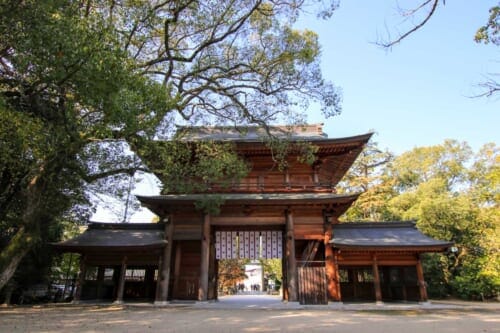
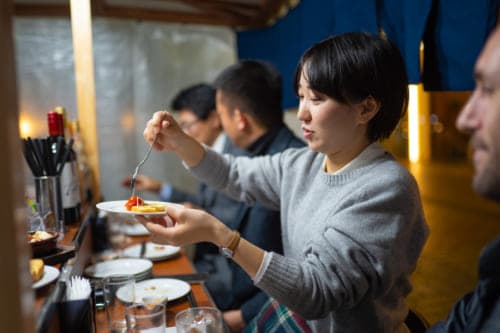
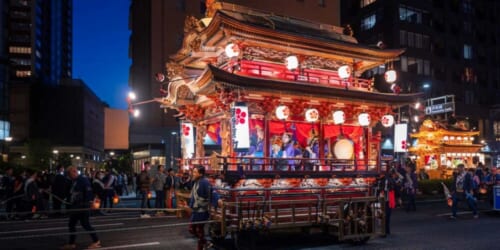
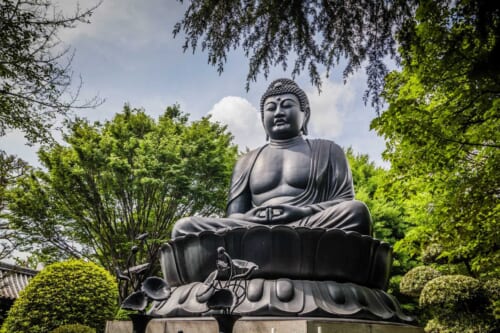


No Comments yet!